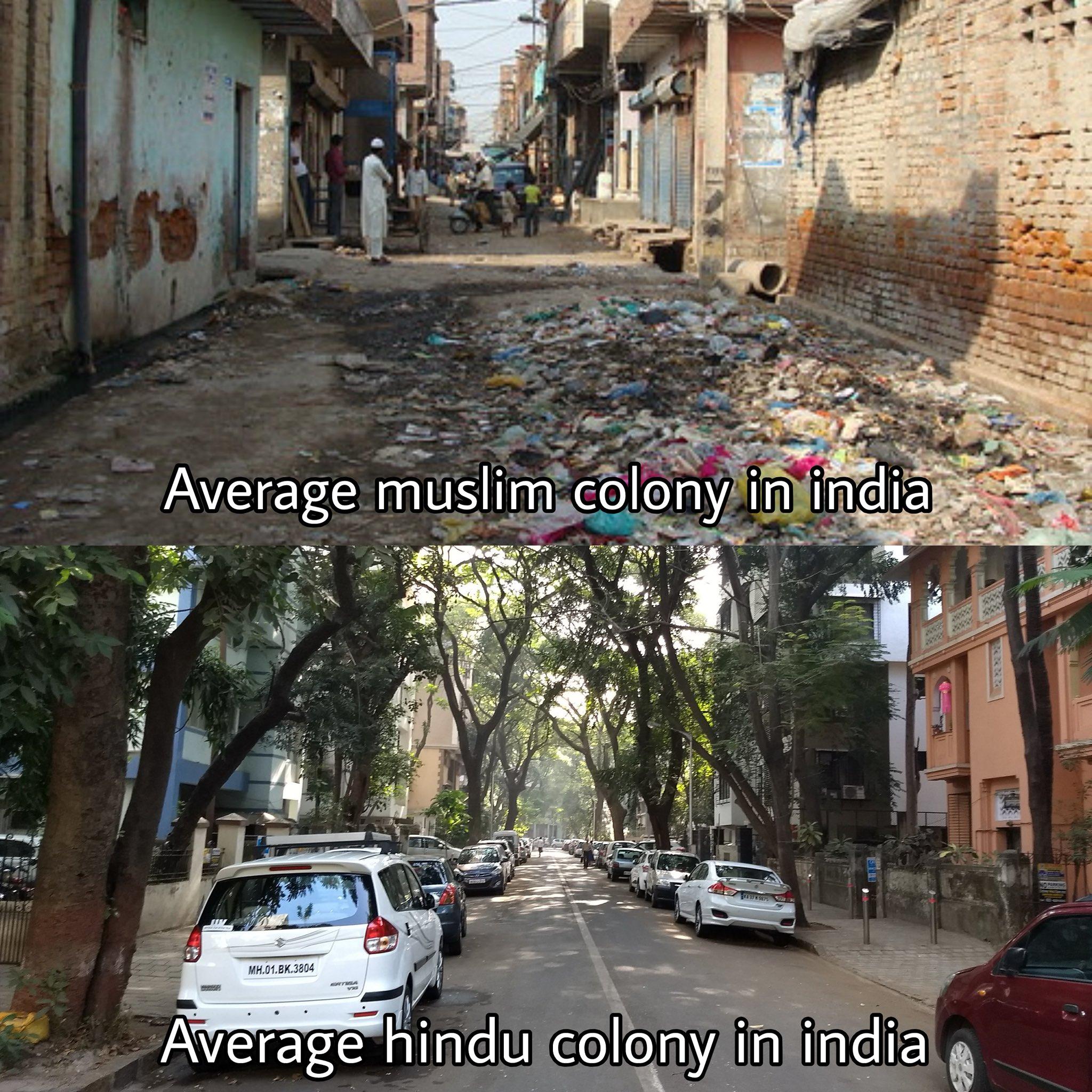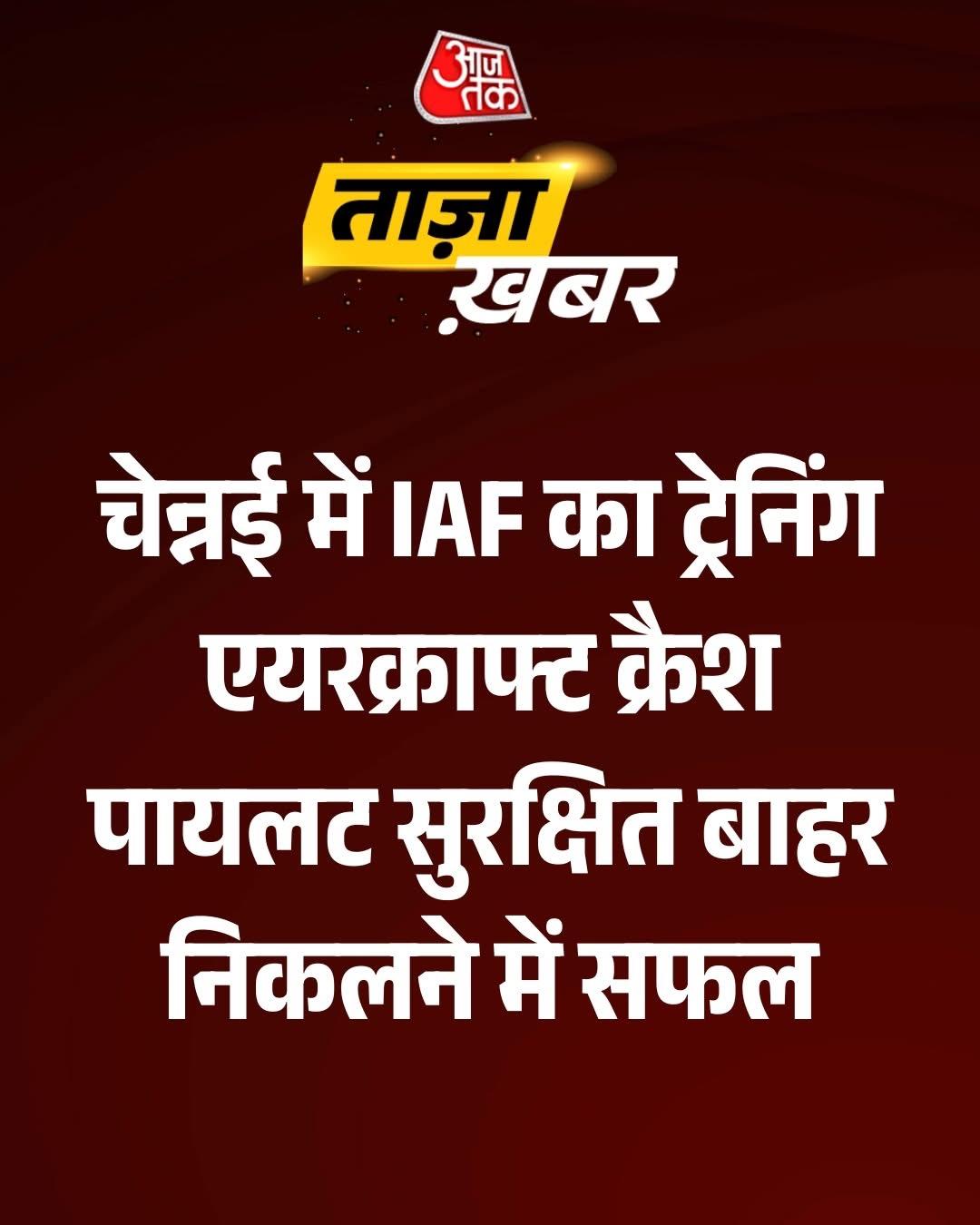Kangra painting from national museum
#KangraPainting #NationalMuseum #IndianArt
#PahariArt
#CulturalHeritage #ArtOfIndia
#HistoricalArt #MuseumDiaries
#TraditionalArt #IndianCulture
#ArtExhibition
#KangraPainting #NationalMuseum #IndianArt
#PahariArt
#CulturalHeritage #ArtOfIndia
#HistoricalArt #MuseumDiaries
#TraditionalArt #IndianCulture
#ArtExhibition
Kangra painting from national museum 🎨🖼️❤️
#KangraPainting #NationalMuseum #IndianArt
#PahariArt
#CulturalHeritage #ArtOfIndia
#HistoricalArt #MuseumDiaries
#TraditionalArt #IndianCulture
#ArtExhibition













